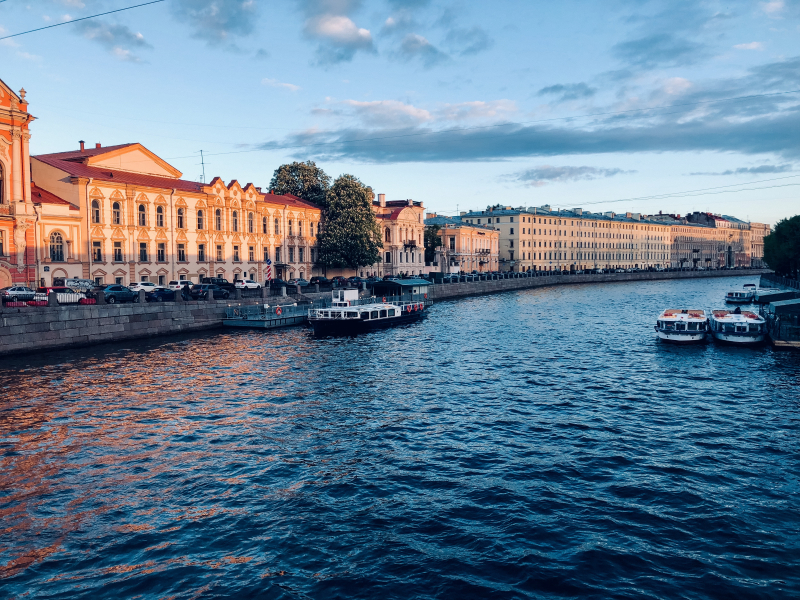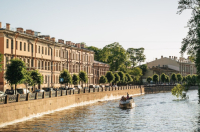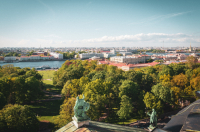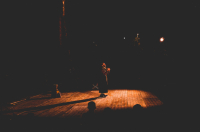1. Green city.
When the city was first built, Nevsky Prospekt was the greenest street. Old pictures reveal trees all along Obvodny, Fontanka, Moika and Griboyedov Canal, to name a few. Grown saplings were even brought over by ship from the Netherlands! In the 18th century, before the Kazan Cathedral was built, a birch grove stood in its place, but those living nearby would raid it for firewood. It wasn’t long before Peter the Great decreed that those taking wood from the grove would be executed. But it turned out that almost every home in the city had taken from the grove, so there was little that could be done without wiping out the inhabitants of the city. During the 19th century, the trees were used by neighbours to hang their washing up to dry. Trees and parks lined many of the main city streets in St. Petersburg, and effort was made over the years to keep them intact, particularly during the Siege of Leningrad as these parks became a source of food. But in the last 30 years, unfortunately, after the fall of the Soviet Union, many of the trees were taken down, either for reasons of safety or maintenance costs– or maybe drying clothes on them wasn’t a great look.
2. The Medicinal Herb Garden.
The St. Petersburg Botanical Garden was founded as early as 1714 by the order of Peter the Great as the Apothecary Garden to grow medicinal herbs. The island where it’s located was aptly named the Apothecary Island. The herbs were used to make medicine for the city’s hospitals, and at one time, over 150 kinds of medicines originated from the laboratory at the Garden. Gradually, the size of the garden began to grow with new areas added. In the early 19th century, it was decided to combine the medical and botanical sections of the garden into one and the garden was also renamed. Now, the Botanical Garden with its rich and beautiful plant collection, is one of our favorite places to visit!
Credit: Martin Kníže (@martz90) on Unsplash.com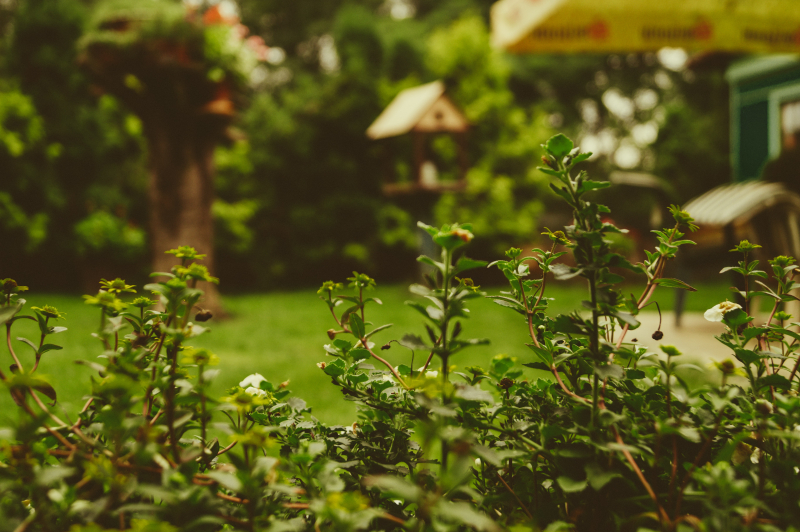
3. Elephant street.
Throughout its history, Saint Petersburg has often been home to… elephants. The first one came to the city in 1714 – a mere decade after its founding. Such a gift to Peter the Great was made by the Persian Shah Sultan Husayn. Taken on a sailboat to Astrakhan, the elephant was then made to walk on foot to St. Petersburg. By 1741, there were already 16 elephants in the city, most of them received as gifts from foreign dignitaries. The elephants were all walked along Elephant Street, which was later renamed to Suvorovskiy Prospekt in 1900.
Credit: V Srinivasan (@timesofwander) on Unsplash.com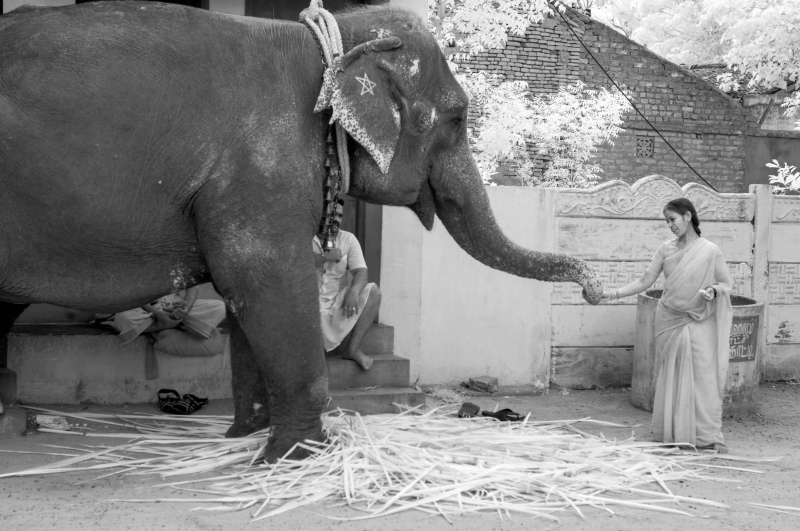
The famous Russian poet Ivan Krylov even wrote a fable on the topic titled The Elephant and the Pug:
Along the streets Big Elephant was led,
To show him off, most likely.
Since Elephants are not a common thing to see
4. Diving in churches.
During the Soviet times, churches were regularly converted to swimming pools, storage facilities, and other secular (and sometimes bizarre) venues. Two prime examples in St. Petersburg are the Lutheran Church of Saint Peter & Saint Paul, right off Nevsky Prospect, and the Byzantine-inspired Church of Our Lady the Merciful on Vasilyevsky Island. The latter was actually converted into a training facility for divers and submariners. They practiced diving in a 40-meter deep tube that ran the height of the church. Now the churches are slowly being restored.
Credit: Artem Bryzgalov (@abrizgalov) on Unsplash.com
5. Gravity.
I would have never guessed that the Alexander Column, which stands in the middle of Palace Square, is not fixed to the ground in any way. Designed by the French classicist architect Auguste de Montferrand, the 600-ton pillar is 47.5 meters high and is standing solely thanks to its own weight. Think about that next time you have an urge to lean on it!
Credit: Guusje Weeber (@gmw) on Unsplash.com
Feel like exploring some of our favorite places in St. Petersburg? Take a walk around Petrogradsky District or catch a ride on the metro for starters.
